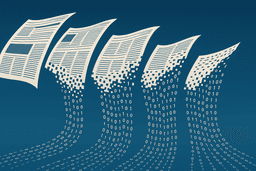
Adapt or die: How Gazeta Wyborcza uses AI in the newsroom
Refusing to use generative AI is like not using search engines 30 years ago, deputy editor Aleksandra Sobczak says
The Fix Newsletter
Everything you need to know about European media market every week in your inbox
30 articles • 0 Followers










